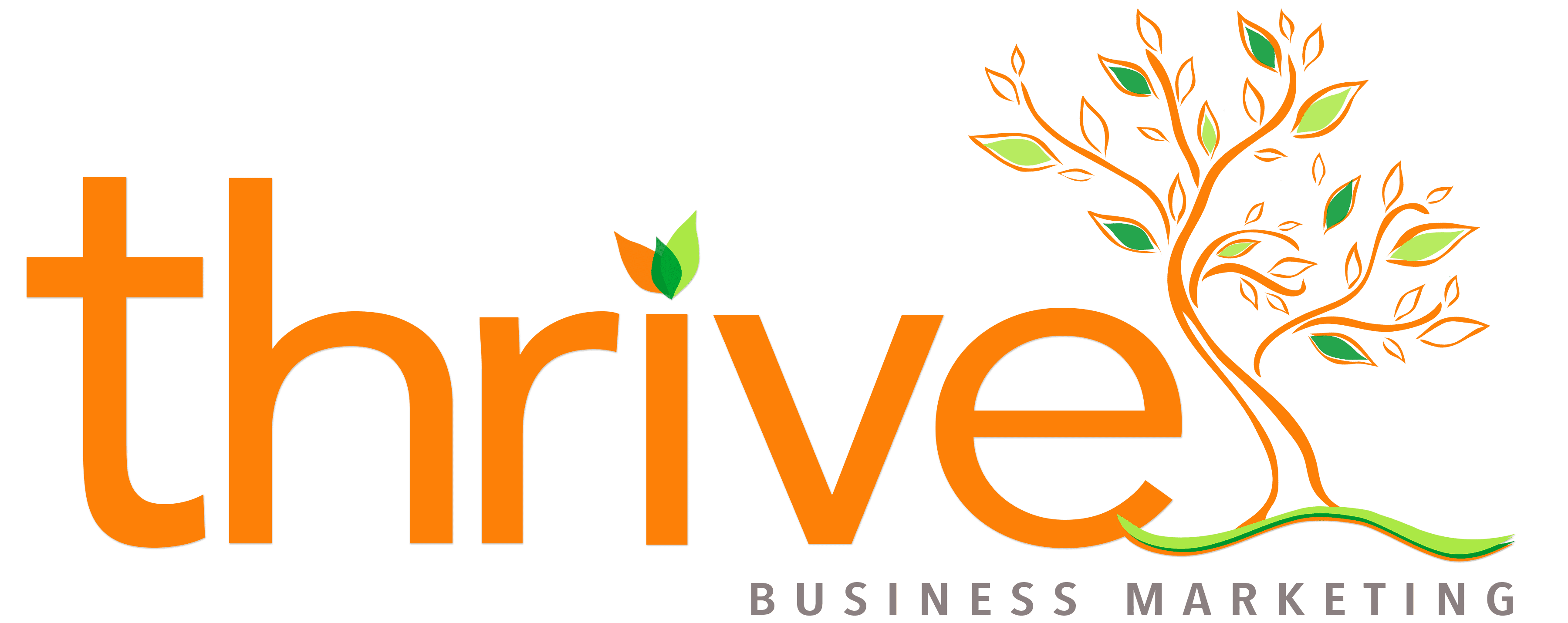Article Originally Written for AGRR Magazine in the Automotive Glass Industry
The Disappearing Customer
Are conglomerates, like Safelite, pushing their way into your neighborhood, stealing your customers with unethical, big-business pressure tactics? The auto glass market is essentially “owned” by one company. If you’re trying to survive in a this tough industry, you have to take your customers back.
The best way to get started is with Internet marketing. Yes, it’s different from anything you’ve done before and it is still a new marketing medium that some are uncomfortable with. But it’s time to get on the bandwagon. After all, the Internet is where your customers are going when they need your services.
In fact, there are approximately 9 billion online searches occurring in the US each month, and an estimated 59% of searchers are looking for local businesses. With a piece of that action, you’d be well on your way to pushing back your strongest competitor.
There’s a lot to know to be successful on the Internet, but I hope to make it easier with a few tips and recommendations. First things first; where do you start?
Gaining Visibility
I recommend starting with organic optimization and Pay-per-Click (PPC) advertising. A marketing strategy combining these two methods will give you the best visibility on major search engines. In turn, you will have an opportunity to trump your competitors with strong search engine listings
There are many other online tactics which may benefit your business. Keep these in mind as we may discuss them in future columns:
- Link building
- Usability and conversion tracking
- E-media (banner ads, video ads, etc)
- Blogging and Social media
- Email marketing
- Mixed marketing (directing traditional advertising to the website)
Organic Optimization
To get started with organic optimization, choose one search term for each of your pages. Review the content of each page to best match which terms fit most naturally. Once you have a list of terms in front of you this will make more sense; but as an example, one page may focus on ‘cracked windshield repair’, another page may focus on ‘windshield repair’. Though very similar, each of these terms offers a distinct focus to your audience.
Next, you’ll want to create unique page titles for each of your pages. If your site is on a Content Management System (CMS), you’ll simply select the title section of each page and modify it to your liking. Without CMS you’ll need to change it manually. In an HTML editing program, find the <title> line in the header section of code and modify it appropriately.
Though not critical, I recommend creating a sitemap for basic optimization. A sitemap is a unique page on your site that lists (and links to) all other pages on the site. It’s also important to place a link to the sitemap on every page of the site, typically at the bottom of each page. Done correctly, you’ve now created a complete circle; connecting every single page of the site to another.
Pay-per-Click
Now that you have a few organic optimization basics underway, we can move forward with sponsored online advertising, or Pay-per-Click (PPC).
There is quite a bit of planning and strategy behind a successful Pay-per-Click campaign, but anyone can at least start an account and begin to build some exposure on their own.
I recommend starting with Google Adwords (www.adwords.google.com). The instructions won’t show you how to succeed, per se, but they are quite complete at getting your account set up and positioning you to build initial success.
Once the account is set up, use the Google Keyword tool to find search terms relevant to your business. Only choose 2 – 4 word terms which are specific to your products or services in order to keep your campaign focused. Single words, or terms that are too broad will cost a great deal of money to market, and your return will be minimal.
Next, you’ll build ad groups with titles and descriptions based on the selection of terms themselves. Organize your ad groups as it makes sense for your business, but keep them focused. Try to create small groups of terms that are highly relevant. If possible, you want the actual ad copy to mention a search term.
So if you have a group for ‘windshield’ terms, your ad copy would be all about windshields. In contrast, you may have another group with very similar ad copy, but the terms are all related to ‘auto glass’. You might break groups out instead by ‘repair’ vs. ‘replacement’, or ‘auto glass’ vs. ‘flat glass’…whatever makes sense for your particular business.
No matter how you set up your campaign, tracking results is key. Knowing what works and what does not will give you the insight needed to make intelligent marketing changes.
If you’re not comfortable with choosing the right search terms, or developing ad copy that targets your audience, leave me a comment – I’m happy to help!.
Getting your Customer Back
With a combined organic and Pay-per-Click focus, you’re well on your way to getting your customers back. But don’t waste time, the large competitors that are plaguing you now are taking advantage of new online opportunities every day. Isn’t it time you benefit from the same opportunities?

